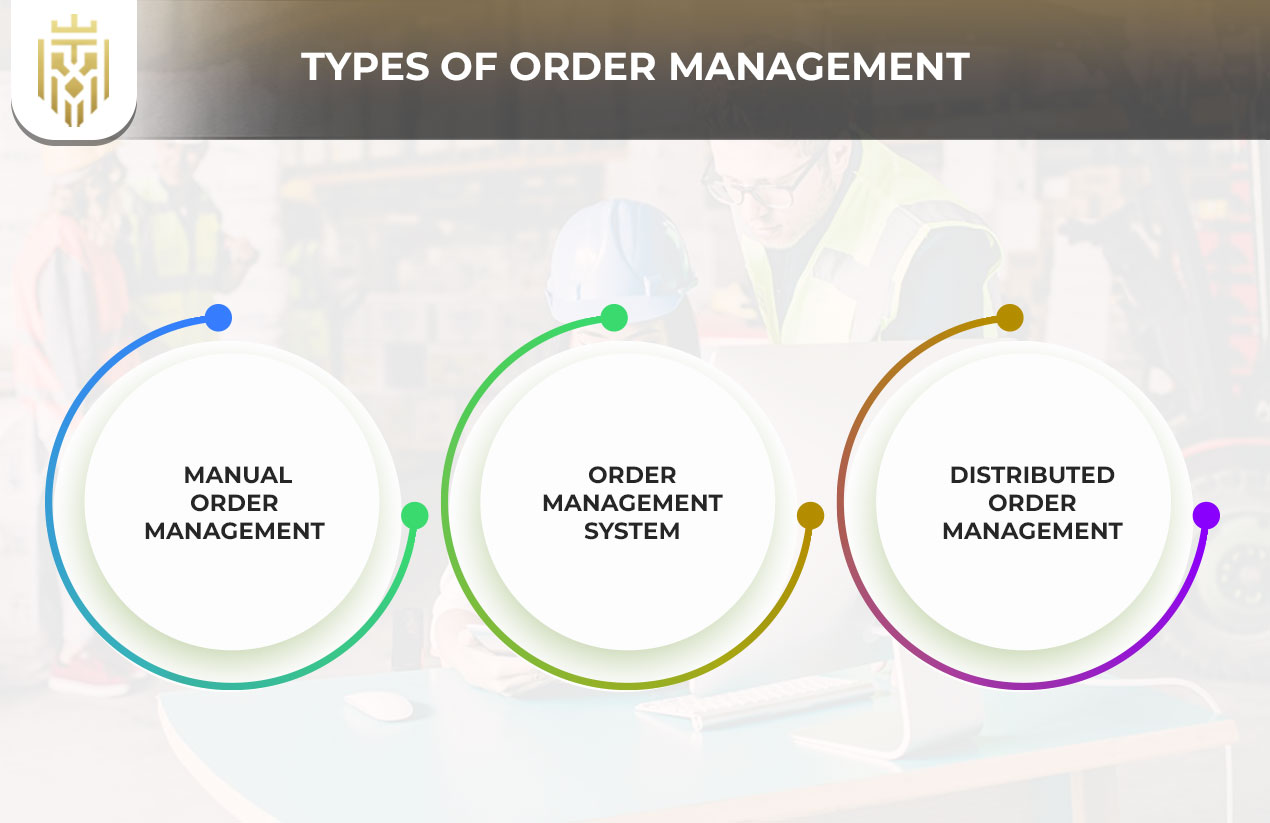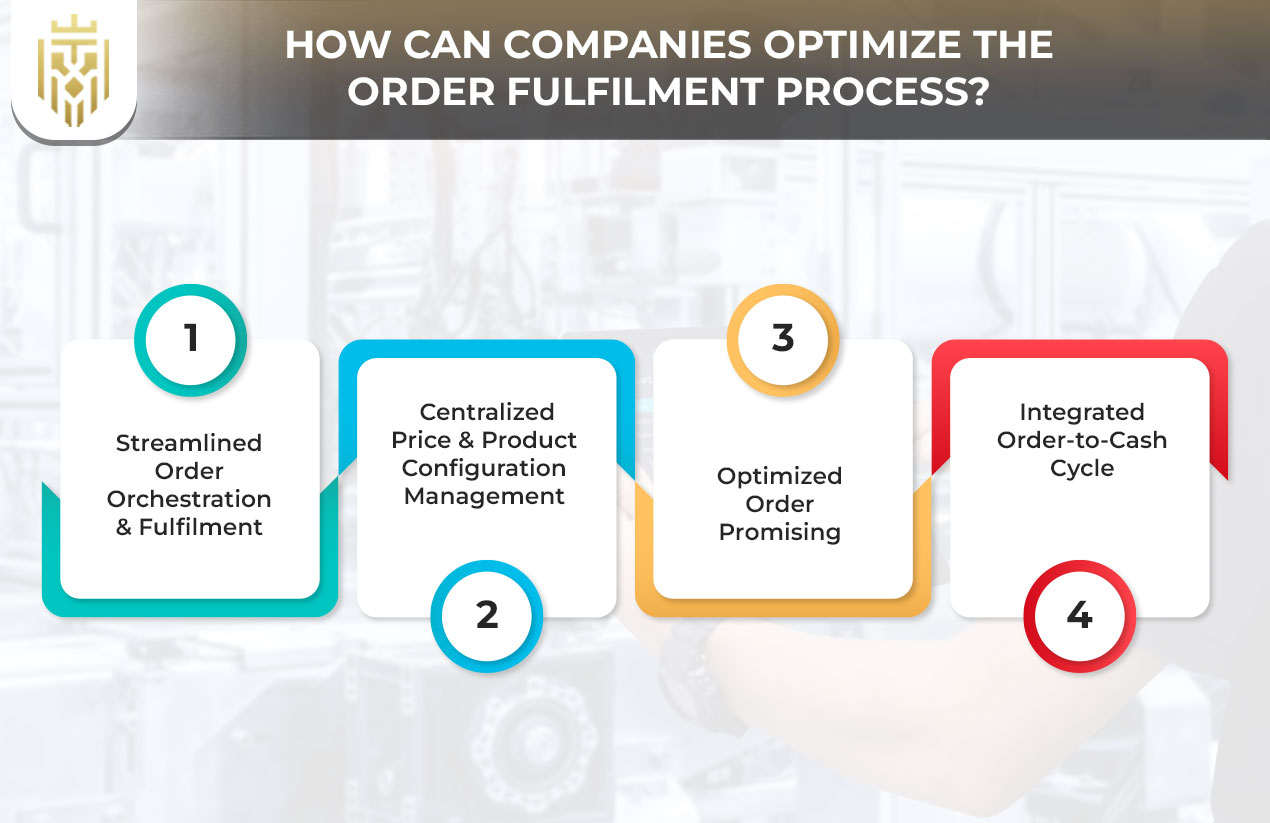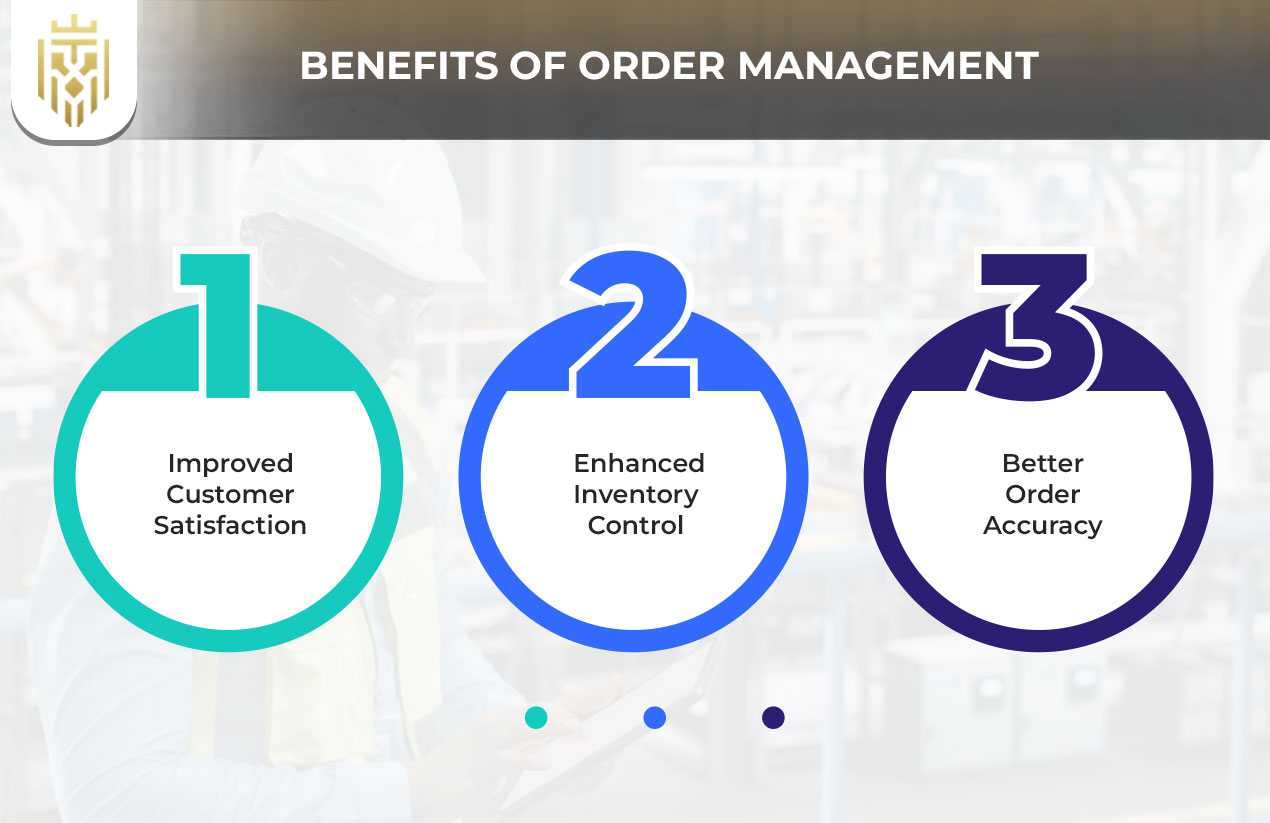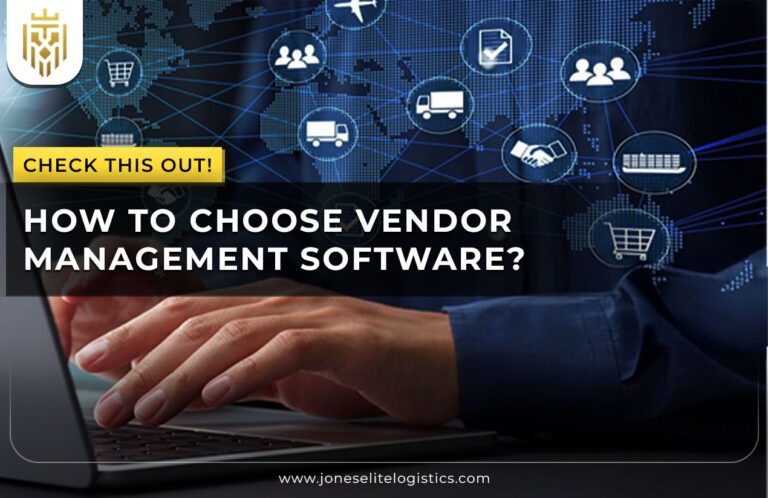What is Order Management?
Order Management is the process of managing the customer orders from initiation to delivery, with accurate tracking and order fulfilment. A strong order management system ensures seamless order processing and improves the visibility of the entire order management cycle. It is critically important for production logistics and manufacturing logistics in streamlining operations. Good order management software protects customer satisfaction and improves the supply chain by minimising manual processes and delays.
What are Order Management Systems?
An Order Management System (OMS) is an automated platform handling the complete order management process, from order entry to shipping and returns management. It combines dispatch logistics with shipping, payment processing and returns. Analytics are available through order management software to enhance manufacturing logistics efficiency and provide a better customer experience while ensuring consistent and efficient order fulfilment.
How does Order Management Work?
This order management process begins with accepting an order, picking and packing, shipping, and tracking, ultimately enhancing order orchestration. It supports better inventory tracking and helps order fulfilment by integrating order management software, which is responsible for updating inventory availability and sending notifications to customers. It simplifies production logistics, and reduces post sales errors or delays
Why is Order Management Important?
Order Management optimises pricing, tracking and inventory control to improve customer satisfaction. and enhances supply chain visibility. By using the best order management software, accuracy in dispatch logistics is improved, and returns management becomes more efficient. It reduces the order fulfilment process costs, improves inventory allocation, enhances the manufacturing logistics, and guarantees smooth operational efficiency in handling a high order volume.

What are the Order Management Features?
Automated sales processes, real time shipment tracking, document tracking, and advanced reporting are all included in order management systems. These features facilitate the order fulfilment, optimise the dispatch logistics and manufacturing logistics for efficient handling of orders. Such systems eliminate manual processes and provide a better customer experience by enabling faster order placement.

Automated Sales Processes
Sales workflow automation with order management software means monitoring product orders, payments, and deliveries efficiently while managing orders. It means accurate order fulfilment and visibility across sales channels. It integrates with production logistics to streamline the order management process, improve the customer experience, and ensure real-time access to order data.
Shipment and Receiving
Real time shipment updates and problem solving in dispatch logistics is what order management systems offer. These systems connect warehouse management with automated workflows. They guarantee that manufacturing logistics are intertwined with tracking to provide a smooth order fulfilment. This visibility enables the business to be more operationally efficient and deliver a seamless customer experience.
Document Tracking
Order management software guarantees that all documents are accurate at every stage of production logistics. It improves the order management process through systematic order information updates and tracks file accessibility to improve transparency. This enables easier returns management, strengthens internal processes, and ultimately improves customer service.
Advanced Reporting
Performance metrics like orders, top products, and customers are reported on at a high level using order management systems. These insights enable smarter inventory management decisions and better order fulfilment. The enhanced analytics help optimize the supply chain and improve customer satisfaction by aligning services with customer preference.
Order Management Process
Order management process includes receiving of orders, verification, picking, packing, shipping, and customer service. It integrates order management software for smoother order fulfilment, accurate order tracking, and more efficient logistic dispatch. By automating the order-to-cash cycle, businesses make more informed decisions

-
Order Receiving
Orders are received, verified and sent to warehouses for fulfilment, kick-starting the order management process, and aligning with inventory availability. Order management software also includes omnichannel tools which help integrate orders across the channels. This step boosts production logistics efficiency and contributes to streamlined order placement.
-
Verifying the Order
Order verification helps in the order management process by confirming customer information and product availability for purchase order accuracy. Order management systems help businesses to avoid fulfilment errors and help enhance manufacturing logistics to make operations flow smoothly and allow for faster order fulfilment.
-
Picking and Packing
Picking and packing stage is eased by order management systems that support real-time inventory allocation and reduce human error during order fulfilment. Businesses integrate production logistics workflows to pack efficiently and cost-effectively. The use of an extensive order manager ensures all tasks are organized for reliable order processing.
-
Shipping
By attaching labels, tracking shipments and notifying customers, the order management process makes sure that shipping is accurate. The order management software integrates with the dispatch logistics to make the delivery processes easier. This improves order fulfilment efficiency, and reduces shrinkage of shipments.
-
Customer Service
Order management systems improve customer service by notifying customers of order status and addressing inquiries efficiently. Seamless integration between manufacturing logistics and dispatch logistics allows for quicker order confirmation and fulfilment, enhancing the overall customer experience.
Types of Order Management
Order management types are manual, basic software systems, cloud-based, integrated ERP systems, and Distributed Order Management (DOM). Each type addresses different order volume levels and provides tools for efficient order management across the supply chain

-
Manual Order Management
Manual systems have the order process devoid of any form of automation, hence the process of order entry is slow, and chances of error are high. Such techniques dominate in small businesses, and they have no such features as stock control and automatic order completion that are required for scale-up.
-
Order Management System
OMS can be customized according to the nature and size of the business. These systems boost order processing, support omnichannel order fulfilment, and automate inventory management. Whether cloud-based or ERP-integrated, such solutions are essential for streamlined supply chain and returns management.
-
Distributed Order Management
Distributed order management functions beyond traditional OMS and automates order routing across multiple locations. It ensures real-time visibility of inventory availability, reduces delivery times, and balances order volume efficiently. This results in improved customer satisfaction and smarter supply chain decisions.
How can Companies Optimize the Order Fulfilment process?
Order fulfilment can be improved by automating the order processing, integrating systems, and enhancing inventory control. These efforts reduce errors, cut costs, and create a seamless customer experience, which is vital for handling large order volume and maintaining high customer service standards.

-
Streamlined Order Orchestration & Fulfilment
Businesses that prioritise order fulfilment should automate order processing, enhance warehouse management, and adopt clear returns management strategies. Better inventory management and coordinated order orchestration help deliver faster and more accurate results, resulting in superior customer experience.
-
Centralized Price & Product Configuration Management
Centralized control over pricing and products supports accurate order processing and strengthens the order management process. When integrated with inventory management and sales tools, it minimises manual processes, improves the customer experience, and supports consistent, scalable order fulfilment.
-
Optimized Order Promising
Order management systems that use real-time inventory data enable optimised order promising, giving customers reliable delivery dates. This ensures smoother order fulfilment and builds customer satisfaction, helping businesses make more informed decisions and avoid planning pitfalls.
-
Integrated Order-to-Cash Cycle
Automating the order-to-cash cycle strengthens order fulfilment and accelerates revenue collection. With integrated inventory management, billing, and payment systems, businesses reduce errors and delays while enhancing the customer experience across every touchpoint of the supply chain.
Benefits of Order Management
Order management systems make order fulfilment more accurate, easier to perform, and better all-around inventory control. Faster deliveries, fewer errors, better fifth-grade customer service, increased efficiency all go into furthering business growth and enhance customer satisfaction.

-
Improved Customer Satisfaction
By automating the order management process, companies reduce errors and delays in order fulfilment. Reliable systems improve customer satisfaction by providing real-time updates and managing returns efficiently, ensuring a positive customer experience and brand trust.
-
Enhanced Inventory Control
Inventory management benefits from real-time tracking, making it easier to balance inventory availability with demand. This helps align supply with customer order patterns, minimises stockouts, and optimises order fulfilment timelines across the entire supply chain.
-
Better Order Accuracy
Automated order management systems increase order accuracy and reduce human error in order processing. Ensuring accurate order entry, picking, packing, and shipping not only lowers complaints but also elevates customer satisfaction and business credibility in handling purchase orders.
FAQs
1.What is Order Management?
Customer orders from initiation to order fulfilment are handled by Order Management. It merges production logistics and manufacturing logistics and facilitates seamless tracking, delivery and customer satisfaction throughout the whole order management lifecycle.
2.Why is Order Management Important?
Order management is about accurate order fulfilment, inventory control and lower error. Order management software is used to optimize processes, improve customer satisfaction, and streamline manufacturing logistics and dispatch logistics in cost effective operations.
3.What are Order Management Systems?
An Order Management System (OMS) will automate the entry, tracking and order fulfilment of orders. It provides advanced features for efficient operation to enhance the production logistics and support the dispatch logistics.
4.What is the Order Management Process?
The order management process includes receiving, verifying, picking, packing, and shipping orders. The process of order fulfilment, accurate tracking and optimised dispatch logistics for the customer satisfaction are all supported by order management software









